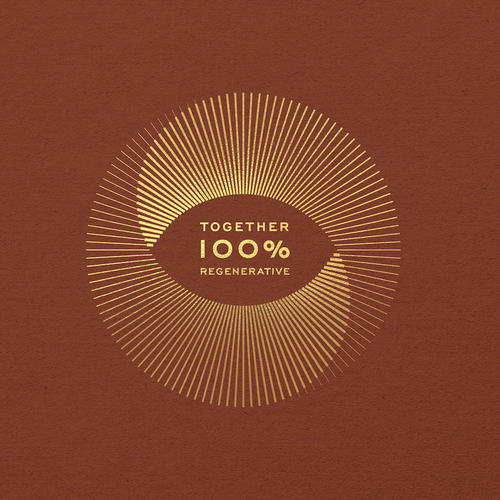What is Cacao?
Cacao is a tree fruit. But unlike apples, pears, cherries – pick your favourite – the cacao tree fruit grows on stems, not twigs.
Why is Cacao so healthy?
Like all seeds, the cacao seed is rich in living nutrients. About half of it consists of ultra-nutritious cacao butter. The other half is solid and full of magnesium, antioxidants and natural feel-good chemicals.
What makes it so delicious?
You can’t just pluck a cacao fruit from its tree and eat it. It’s a hidden fruit. And once opened (with a dangerously sharp machete), there are seeds inside which all want to become trees, not your dessert. In its pursuit of survival, the seed becomes hard and bitter (life goes this way sometimes). To smoothen the cacao out and make it delicious, real cacao growers go about the complex process of fermentation, allowing microbes to infuse the fruit and its flavours into the seed. Like each other step along the way – selecting a tasty cacao variety, growing it in the shade of other trees, harvesting it when it’s perfectly ripe or drying the fermented beans till they crackle – it requires care and craft. There’s no such craft in cheap.
What defines the flavour of a cacao?
Cacao’s flavour is influenced by genetics, soil and climate, the harvesting practice, fermentation, drying, and final manual selection.
How many cacaos exist in the world?
There are hundreds, if not thousands of cacao varietals in the world today, including many natural mixes, industrialized hybrids and local varieties. But we still have a lot to learn, as scientists have only classified a handful.

